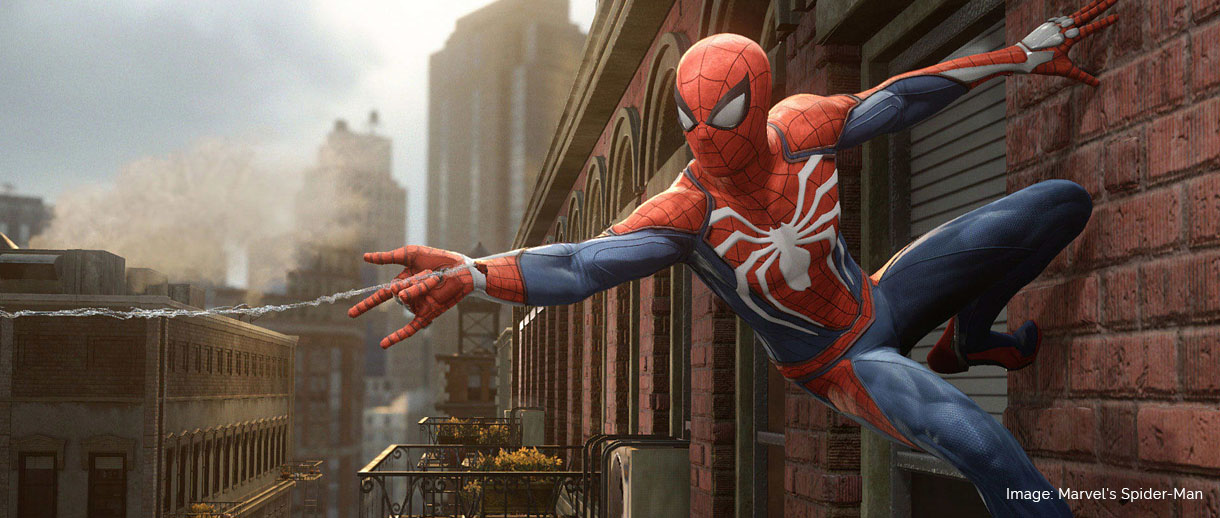
The recent demise of Steve Ditko (see), the artist and co-creator of Spider-Man (along with Stan Lee) is an opportunity to revisit the story of how the movie rights for the superhero character were negotiated between Marvel and Sony over the past decade or so.
For a long time, Marvel’s model for movie adaptations of its comics was based on licensing its characters to major film studios. Licensed characters included the Hulk character to Universal Pictures, and X-Men and Fantastic Four to 20th Century Fox.
The terms of such licenses typically gave the film studios the right to use the IPR in Marvel’s characters for films, and in return, Marvel would receive a fee or royalties without having to spend on the actual making or production of the films themselves.
The rights around Spider-Man were long contested, since at least 1985. For many years, there was litigation primarily between Marvel and Metro-Goldwyn-Mayer, Inc., the latter claiming to have acquired the film rights from studios that had since stopped functioning. Eventually, in that round, the courts decided that Marvel owned the film rights to Spider-Man. After that, Marvel decided to license Spider-Man to Columbia Pictures Industries, Inc. (owned by Sony Picture Entertainment) in 1999. Sony then released a bunch of films (in 2002, 2004 and 2007) around the character.
In 2005, Marvel had a change of business heart: it decided to enter film production, and start making films on its own, and based on Marvel characters. This included the classic the Avengers team, which typically includes Captain America, Iron Man, the Hulk, Thor, Black Widow and Hawkeye. In the comic books, the Avengers also occasionally combine forces with Spider-Man, the Fantastic Four and the X-Men to bring the world to order. But Marvel did not have the right to make the films around some of its own characters, because such rights had already been licensed to other film studios. For example, in order to make a film around Spider-Man, Marvel would need permission from Sony.
To further its filmmaking plans, over the next few years, Marvel expended much effort in trying to regain control and rights over its characters. So in 2005, Marvel won back movie rights to Iron Man from New Line Cinema, and managed to release films around the character. Similarly, rights to the Hulk from Universal Studios returned to Marvel because of a contractual provision regarding timelines in the making of the films which allowed for such a revert.
Meanwhile, Disney bought Marvel Entertainment in 2009, giving it access to a host of superheroes, but not Spider-Man. On its part, Sony tried making a few more Spider-Man films (in 2012, “The Amazing Spider-Man,” and its sequel in 2014), which were among the lowest earning movies in the series. While Marvel/Disney was trying to figure out ways to make movies around characters to which it did not have rights, Sony was trying to figure out how to stop a loss-making movie franchise. Some kind of renegotiation between the studios was a likely possibility. Many conversations followed.
It took until February 2015 for Disney/Marvel and Sony to arrive at an agreement. The terms included that Spider-Man could appear in Marvel films and that characters whose rights Marvel retained (e.g. Iron Man) could appear in Sony’s Spider-Man films. The terms also specified that Sony would continue to have the essential rights over the Spider-Man films, such as paying for, owning, distributing the films and maintaining creative control over the final product.
The terms of the deal reportedly extend to Marvel not receiving a share of the money from the Sony films. But it has the merchandising rights to the character. As for Sony, besides the film rights, its new found relationship with Marvel is presumably allowing for more creative brainstorming with Marvel (e.g. Marvel co-produced ‘Spider-Man: Homecoming’).
The Marvel saga reveals the many layers of IP possibilities in comic book characters! Marvel has, for several decades, made millions from its licensing strategy. Films apart, Marvel has also licensed the right to use its characters on television and video games. Its merchandizing knows no bounds. Even a trademark for the word “Super Heroes” was granted by the USPTO to Marvel (co-registered with its rival DC Comics), for use on toys and comic books!
Ditko may have passed on, but his work has spawned livelihoods for many generations to come. As superhero fans, we can only be grateful for the entertainment that is to follow.
Sources:
- Sudhindra, NJS. 2012. Marvel’s Superhero Licensing. June. WIPO Magazine. 3/2012. Available: http://www.wipo.int/wipo_magazine/en/2012/03/article_0005.html
- Faughnder, R. 2017. ‘Inside the deal that brought Sony’s ‘Spider-Man’ back to Marvel’s cinematic universe’. LA Times. 26 June. Available: http://www.latimes.com/business/hollywood/la-fi-ct-sony-marvel-spider-man-20170626-story.html
- See also https://www.briffa.com/blog/spider-man-intellectual-property/
















